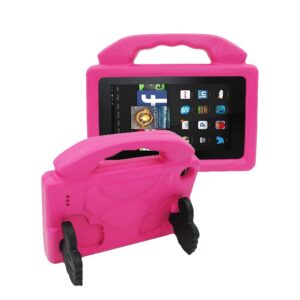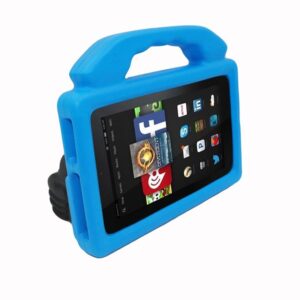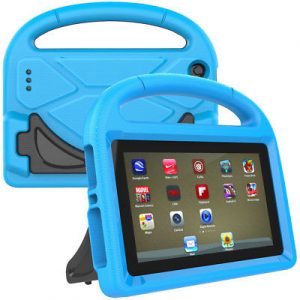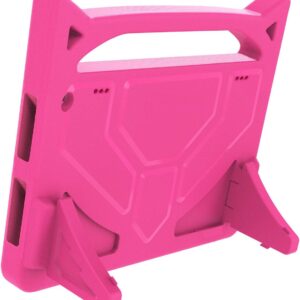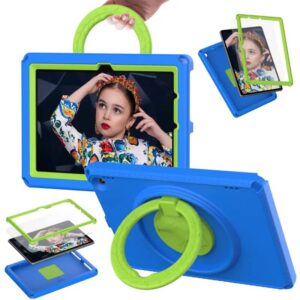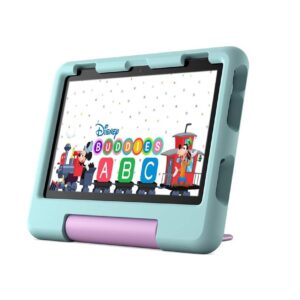Happy Mother’s Day.
We can consider 3 types of praises when raising kids: Normal, Pre-Adolecent and Adolescent praise
Normal Praise
Normal praise involves the routine praise we practice at home without involvement of parenting skills. For example when you see your kid doing well, you would say “Good job! Great! Wonderful! Good! You make me proud.”
Pre-adolecent effective praise extends normal praise to 4 steps. First, identify the behavior you want to develop. Second, choose type of praise. Third, when the behavior happens, praise that behavior by stating the reason for the praise. Fourth, add non verbal touch like a pat at the back, hi5, thumbs up, “boozer”. This type of praise is used for preadolecents. For example you want your kid to clear the dinner table after eating.
Step 1: State clearly “I want my kid to clear table after eating”
Step 2: Choose types of praises you are going to use. The example includes Good job! Great! Wonderful.
Step 3: Observe the behavior to happen and praise it by stating the reason. For example you would say “Great, you cleared the dinner table after eating without anybody telling you”
Step 4: Involve nonverbal touch. A hug or pat at the back will help. “Great, you cleared the dinner table after eating without anybody telling you” Then a hug.
Adolescent Praise
This is a more mature praise. It dwells on the same principles as pre Adolescent effective praise but not too ethusiastic. And non verbal touch maybe substituted for private endorsement or some signs.
Instead of saying “Great, you cleared the dinner table after eating without anybody telling you” Then a hug. You would say “Well done, you cleared the table, then humbs up.” You can also use eye signs so that you don’t embarrass him. You can modify this to help change behavior of your partner also.
#ParentingGhanaTip17 #ParentingTipsGhana #ChildPsychologyGhana #Praisingkids #dakotaedutablets
Join Parenting group on Telegram to receive more tips:
https://t.mejoinchat/uhQtMT_zJxY0OWM0


